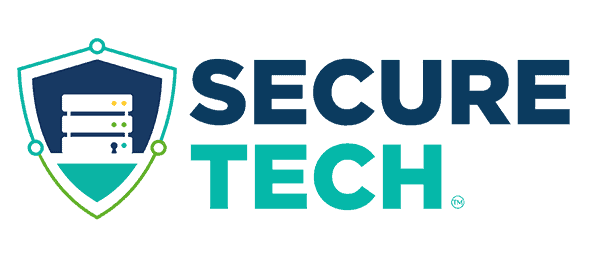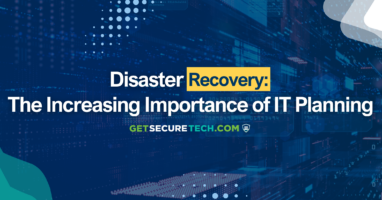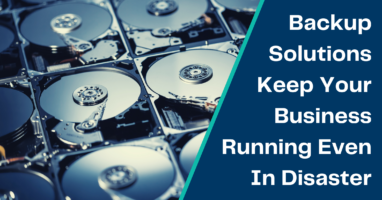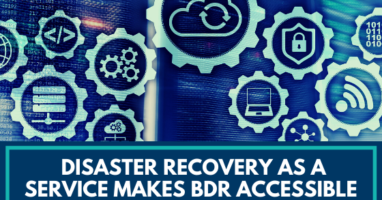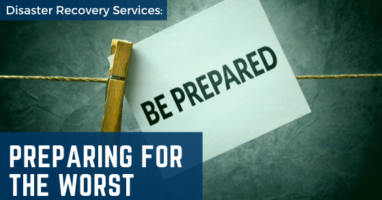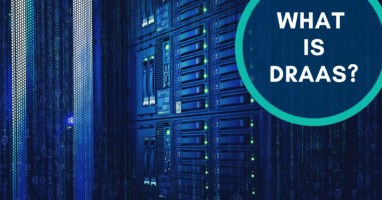Disaster Recovery is a cloud computing service model allowing businesses to secure their IT infrastructure and Backup their data in a third-party computing environment. It offers Disaster Recovery orchestration via an effective Software as a Service solution. It is essential to regain functionality and access to your IT infrastructure and data following any data loss disaster.
However, when it comes to choosing the best Backup and Disaster Recovery solution, it is important to understand Backup and Disaster Recovery (BDR) Solutions.
Across industries, business organizations understand operational downtime can quickly result in lost revenue.
Unfortunately, multiple things can cause a stop in your business operations. These include:
- Human errors
- Natural disasters
- Ransomware attacks
- Security breaches
All these factors can jeopardize the IT resources’ availability which will ultimately lead to business operation downtime.
Any downtime can sap employee productivity, derail customer interactions, halt business operations, and destroy data. Having a backup and disaster recovery plan in place is critical to minimize the impact of unplanned data loss and downtime on your business.
